
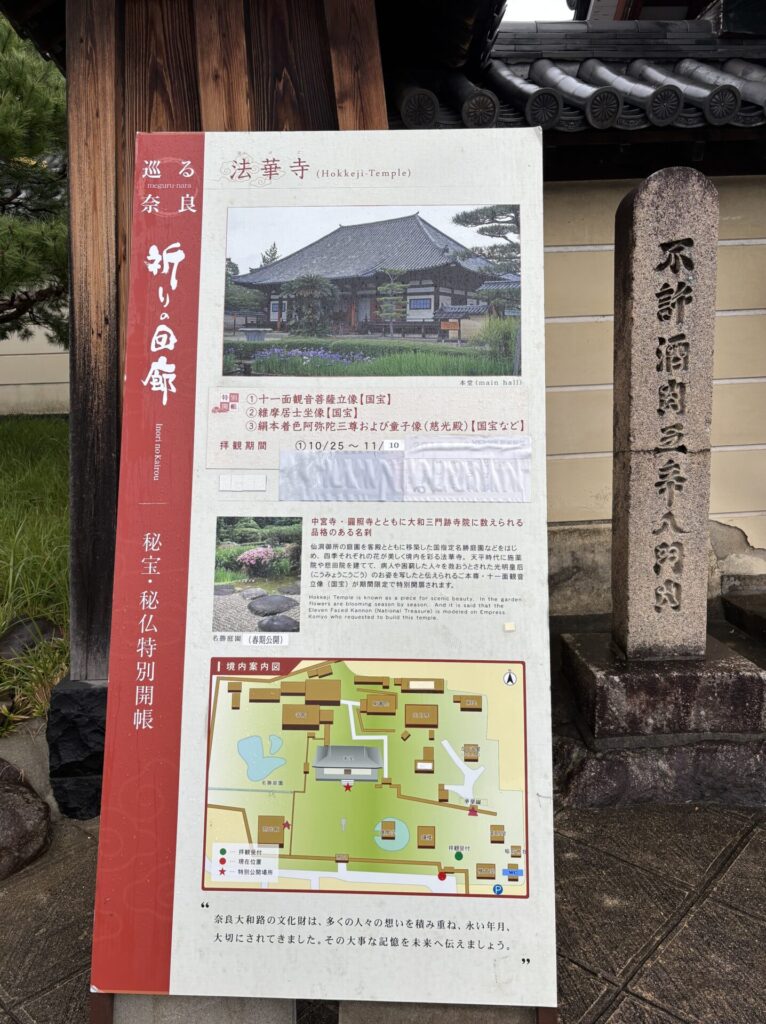
法華寺は、現存する浴室建築としては日本最古の「から風呂」と呼ばれる建物があります。から風呂は、光明皇后によって庶民のために建てられ、光明皇后が千人の垢を自ら洗ったと言われています。その際、汚げな男がやってきたので光明皇后がためらいながら垢を洗うと、男は光り輝き、仏様になって空に昇っていった、という伝説があります。から風呂はサウナのような蒸し風呂で、今も使えるそうですが、コロナ禍以降は利用できなくなったようです。から風呂に入ると病気が治るとも言われたそうです。
At Hokkeji Temple ,there is the oldest surviving bathhouse building in Japan, known as the karahuro から風呂(“dry bath”). The karahuro was built by Empress Kōmyō光明皇后 for the common people, and it is said that the empress herself decided to wash the dirt from a thousand common people. According to legend, when a filthy-looking man came to bathe, the empress hesitated but washed him nonetheless. The man then began to shine with a radiant light, transformed into a Buddha, and ascended into the sky.
The karahuro is a steam bath similar to a sauna, and it can still be used today, though it have been closed since the COVID-19 pandemic. It was once believed that entering the karahuro could cure illnesses.
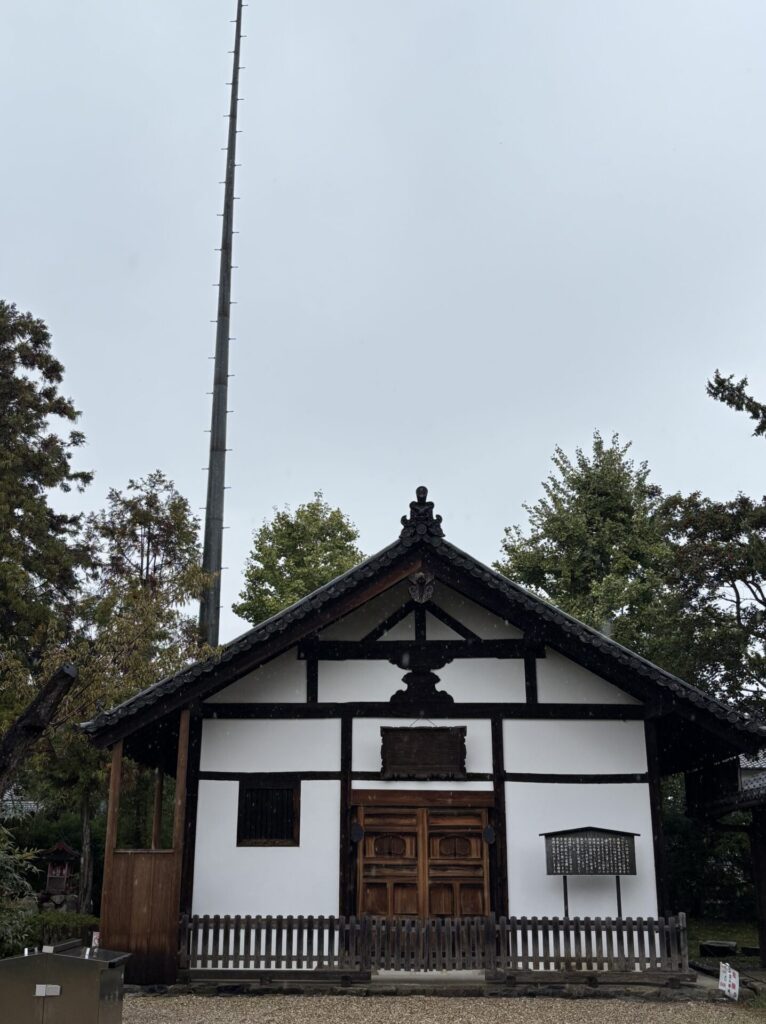

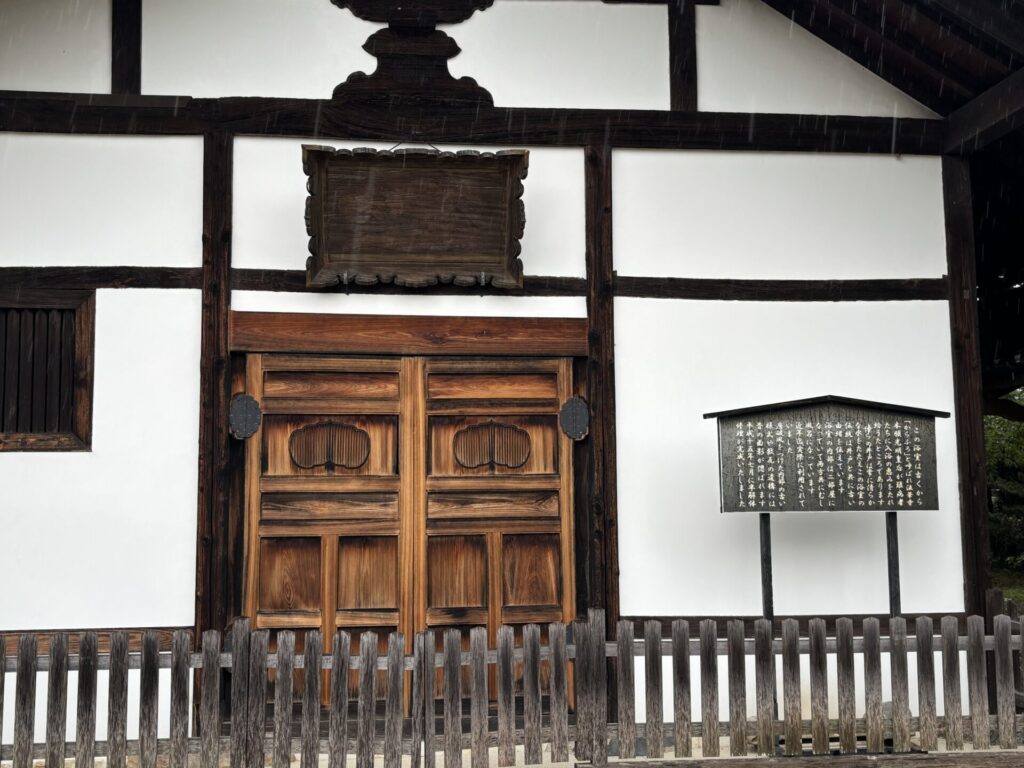

光明皇后は慈悲深い人物で、施薬院や悲田院をつくりました。施薬院は、病人に治療や薬草を提供する場所、悲田院は貧しい人や孤児のための施設でした。光明皇后が建てた施薬院や悲田院は、日本最古とも言われています。なぜ光明皇后は施薬院や悲田院を作ったのか。慈悲を重視する仏教の影響でもあるかもしれませんが、光明皇后がその2年前に子どもを亡くしていることも関係があるのかもしれません。光明皇后は家族思いの人物で、母親が亡くなった後に興福寺に西金堂を建て、夫である聖武天皇が亡くなった後には聖武天皇遺愛の品を東大寺に寄贈しています。光明皇后は、家族が亡くなった後、冥福を祈って寺院に奉納する、情の深い人物だったようです。そう考えると、施薬院、悲田院を作っているのは、子どもが死んだ2年後です。もしかすると、夭折した我が子の冥福を祈り、また、我が子のように病気になる人や幼い子どもたちを助けたかったのかもしれません。
Empress Kōmyō was a compassionate figure who established the Seyaku-in and Hiden-in. The Seyaku-in was a place that provided medical treatment and herbal medicines to the sick, while the Hiden-in was an institution for the poor and for orphans. The Seyaku-in and Hiden-in founded by Empress Kōmyō are said to be the oldest in Japan.Why did Empress Kōmyō create these facilities? It may have been influenced by Buddhism, which places importance on compassion, but it may also be connected to the fact that she had lost a child two years earlier. Kōmyō, who was deeply devoted to her family, built the West Golden Hall at Kōfuku-ji after her mother passed away, and after the death of her husband, Emperor Shōmu, she donated his treasured belongings to Tōdai-ji. She appears to have been someone who, upon losing loved ones, would make offerings to temples and pray for their peace in the afterlife.
Seen in this light, it is notable that the Seyaku-in and Hiden-in were established two years after her child’s death. Perhaps she wished to pray for the repose of her prematurely departed child, and at the same time help those who, like her own dead child, were ill or still very young.
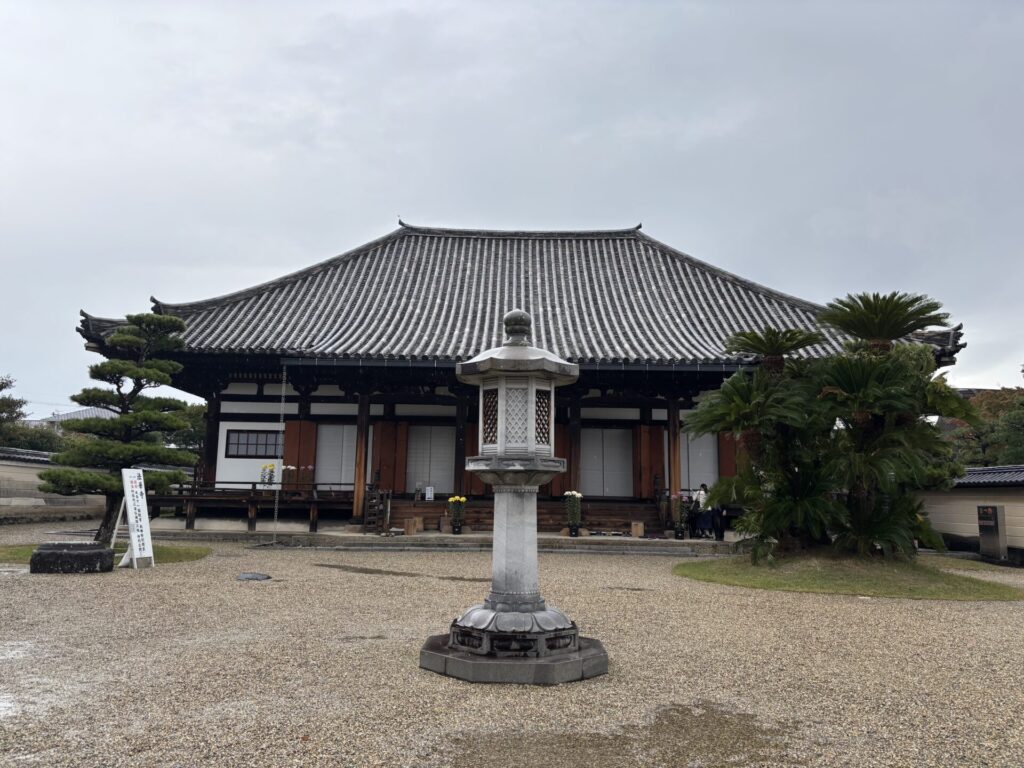
法華寺の仏様は、光明皇后の姿を写したとされています。今にも動き出しそうな、女性らしく美しい仏様です。
The Buddha statue at Hokkeji Temple is said to depict the likeness of Empress Kōmyō herself. It is a beautifully feminine figure, so lifelike that it seems as if it might begin moving at any moment.
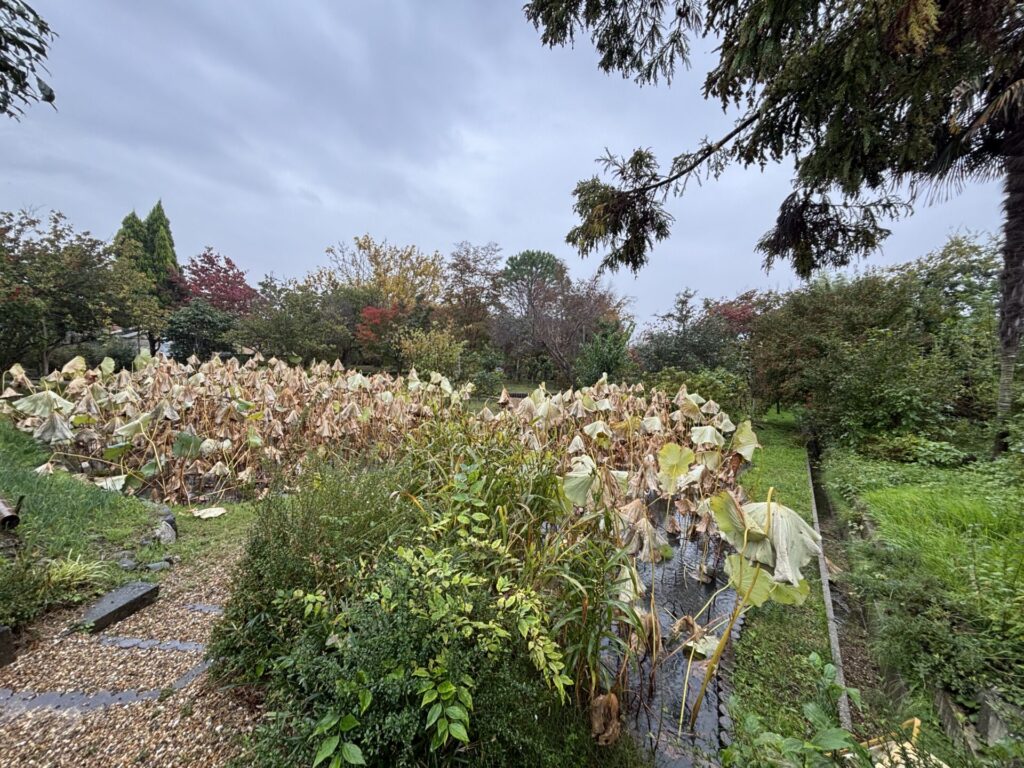

庭園も見ごたえがあります。 The garden is also worth seeing.
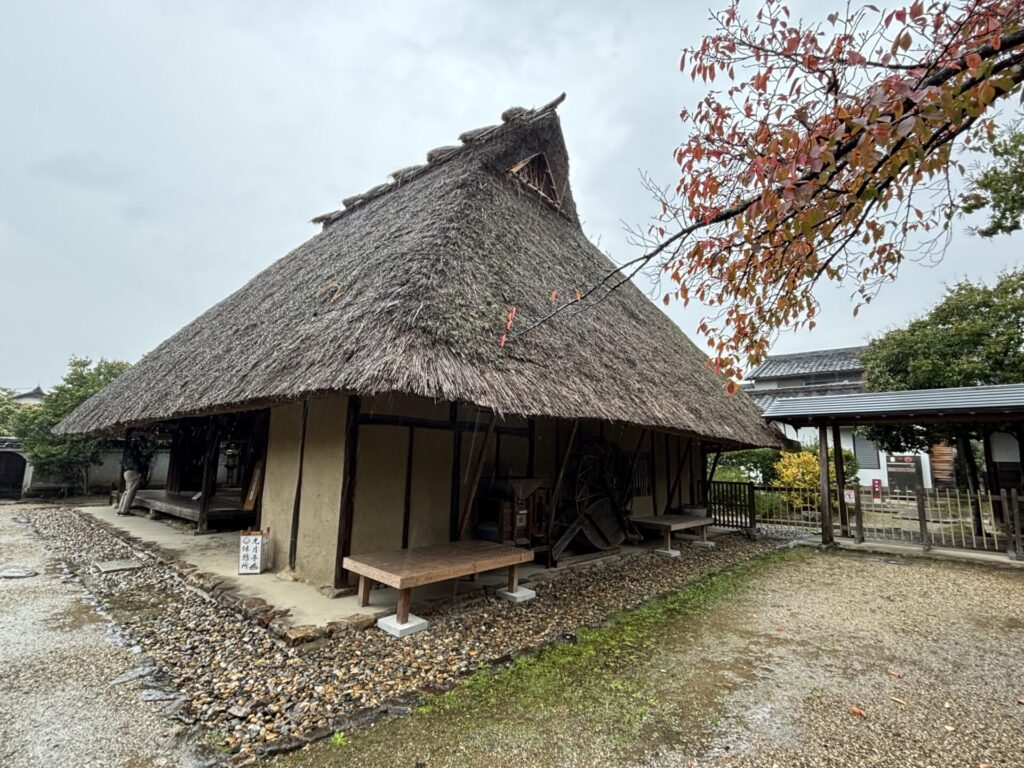




コメント